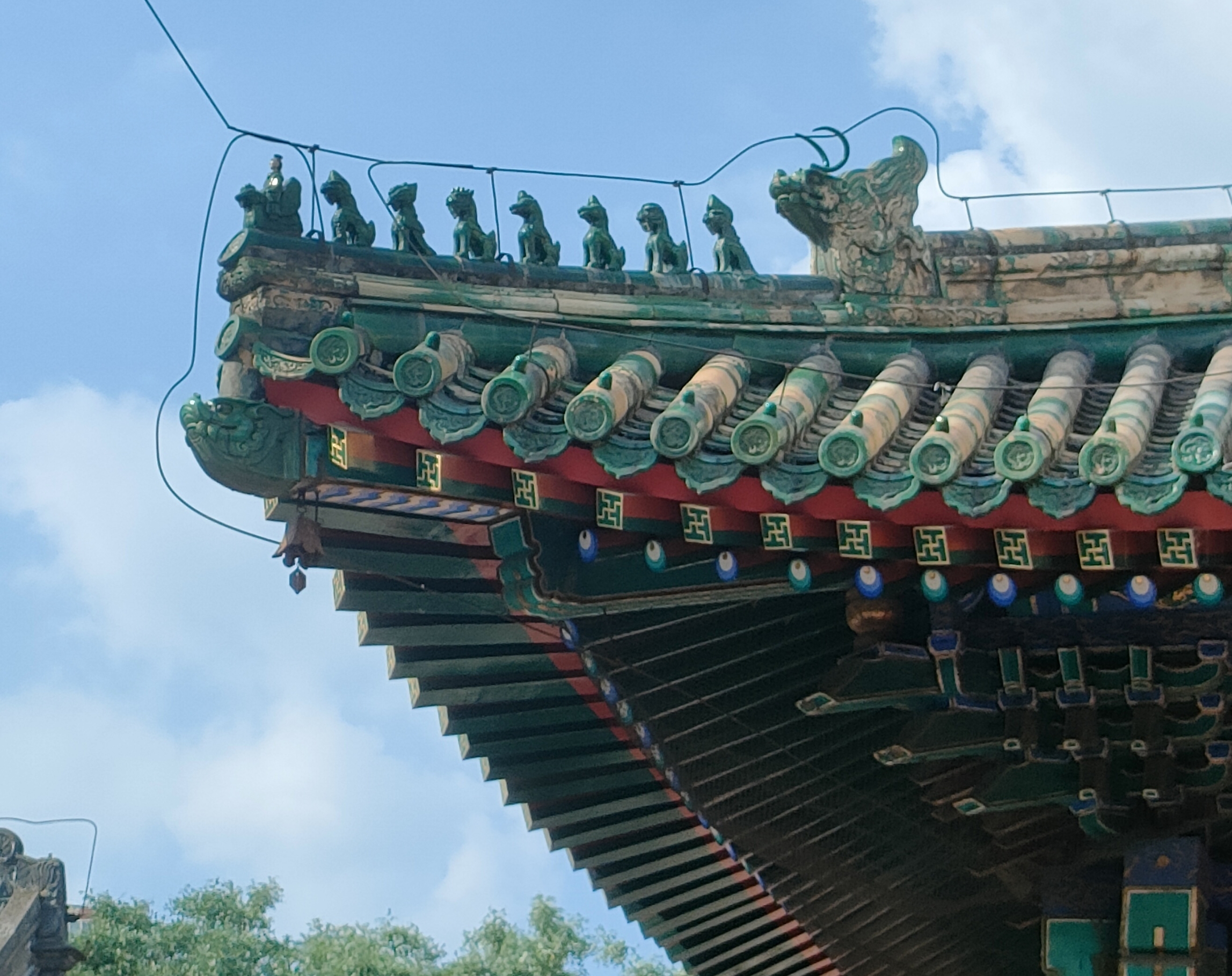FOR EIGHT DAYS, 14 handpicked Filipino journalists and content creators cruised nearly 2,000 kilometers across China–from the urban jungle of Beijing, the rising industrial behemoth Suzhou, the sleepy coastal town of Yancheng, and finally, the Middle Kingdom’s economic showpiece, Shanghai.
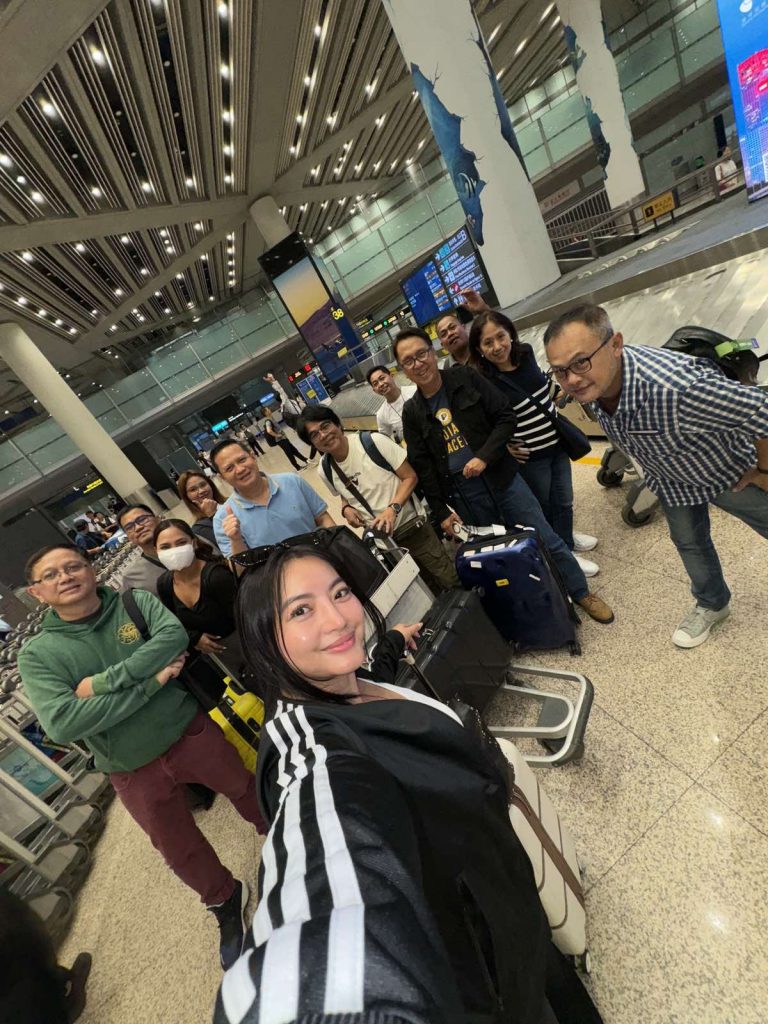
The China Public Diplomacy Association (CPDA), with the help of the Chinese Embassy, sponsored the China-Philippines Media Tour from Aug. 13 to Aug. 20. The invitation was not coincidental, especially in light of the rising tension between the two countries over the South China Sea.
During a welcome banquet on the first night in Beijing, CPDA vice president Tong Xiaoling said the media tour was significant to drive home the point that the South China Sea is merely a blip in the bilateral relations between China and the Philippines, which enters its 50th year in 2025.
The trip was like a lavish version of the “Amazing Race”– as the delegation was shuttled from one meeting to another—with plenty of succulent delicacies in between showcasing each city’s delicacy—from early morning until after the sun had long set.
CPDA vice president Tong Xiaoling treats the Filipino delegation to a welcome banquet. JBEThe delegation consisted of Luzon-based Marlo F. Dalisay, Charlie Manalo, Joseph Albert Araneta Gamboa, Ludwig Kalambacal, Edwin P. Sallan, Joel R. San Juan, Myka Ponton, Bernadeth Eggat Heralde, Pablo Allauigan Mamauag, Simplicia Ortega Bueno. Cebu-based Robby Mongaya Alugar and Carlo Lorenciana also joined the party along with the author, the sole representative from Mindanao.
CPC Museum
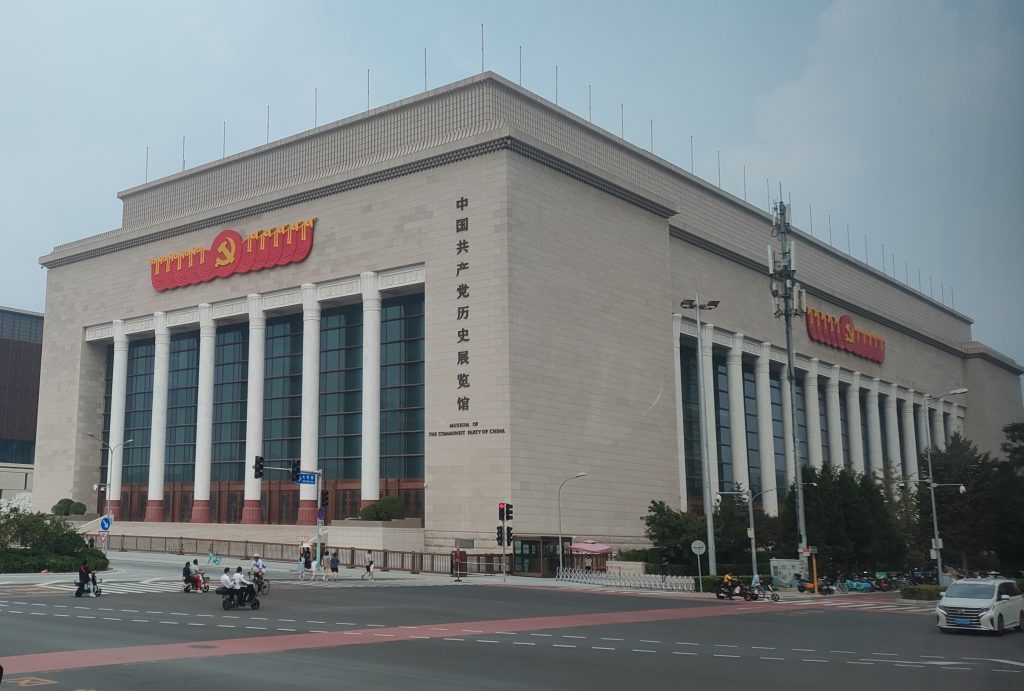
To understand China, one must first understand the Communist Party of the China (CPC). It’s likely the reason why CPDA organized a visit to the CPC Museum in Beijing in Datun Lu, Chaoyang District, just near the famous Olympic Bird’s Nest.
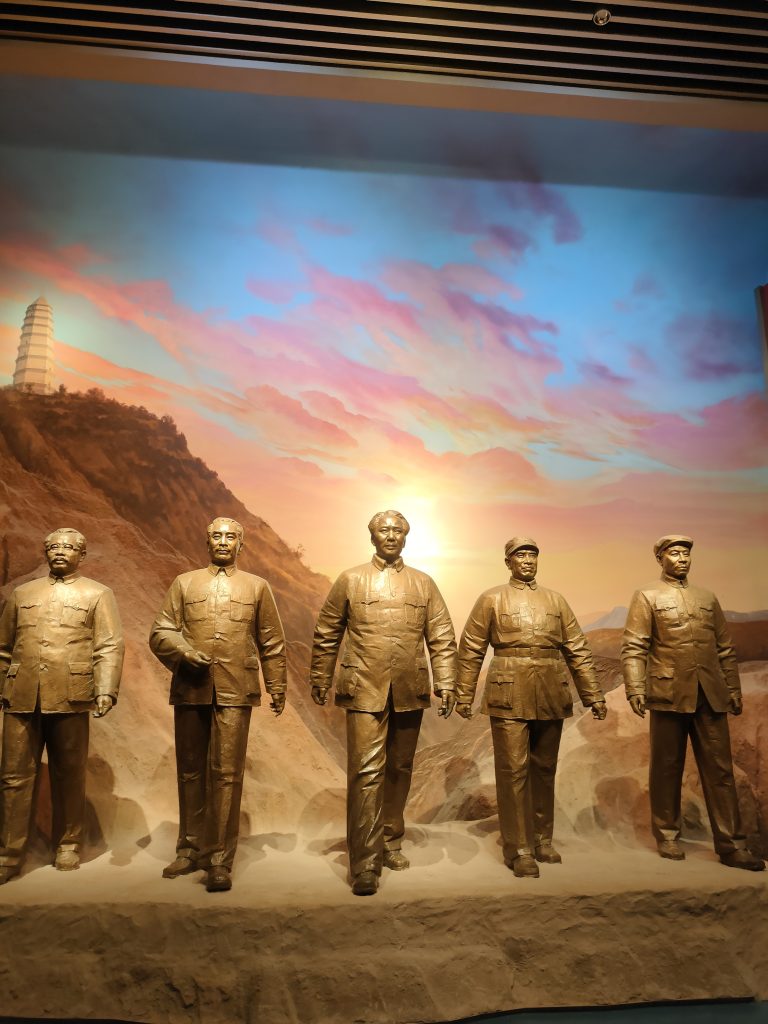
The team received the special tour considering the standard one lasts over two hours long. What made it challenging was that most of the descriptions for the displays were in Chinese.
Luckily, the museum gave the delegation an English tour guide and the Google Translate app came in handy.
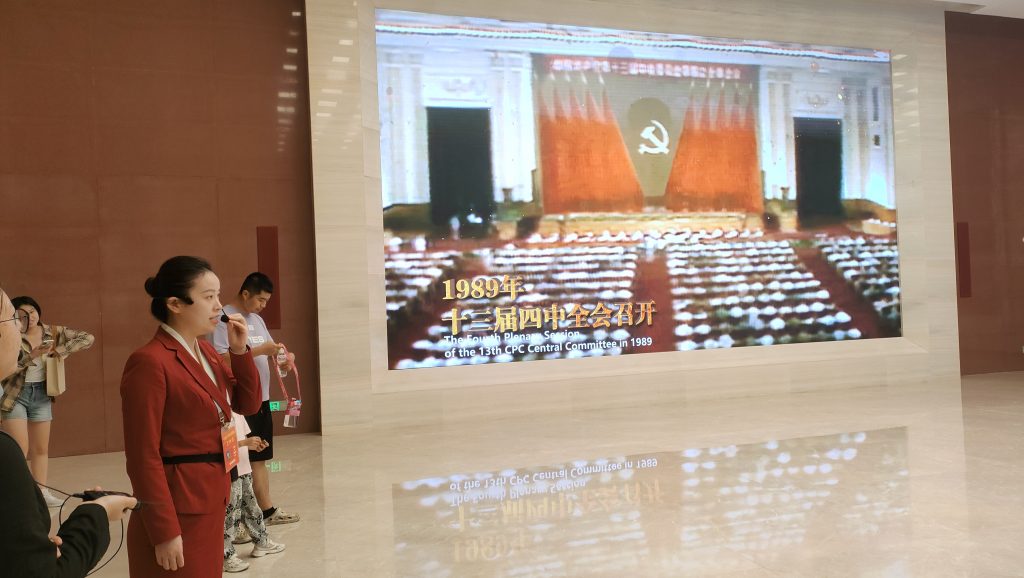
China suffered so much under the hands of foreign aggressions, which gave rise to the Opium Wars, the Boxer Uprising, and the Japanese occupation, for instance, until the founding of the CPC in 1921.
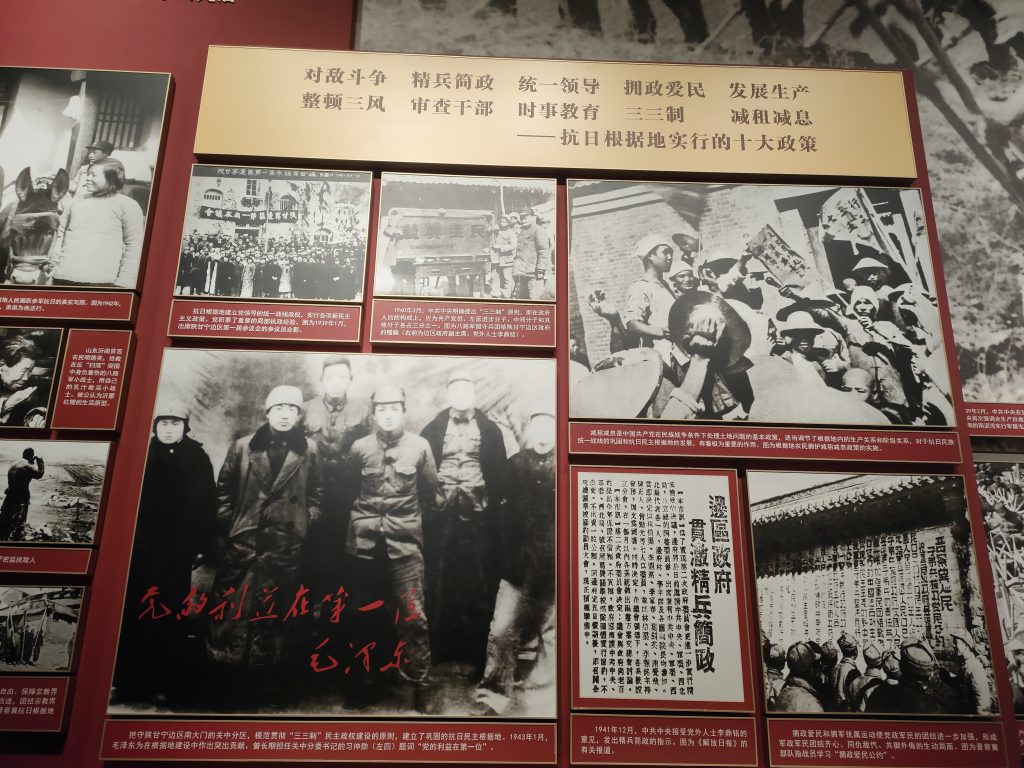
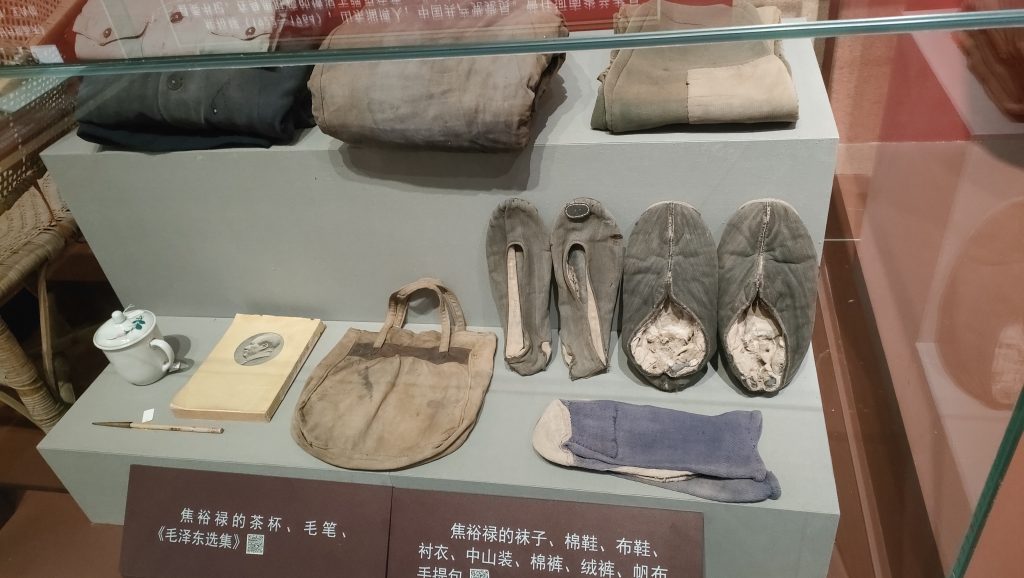
While visitors might perceive some of the displays as propaganda, the museum itself is something to behold. With four floors housing about 8,000 cultural relics and photos, one can navigate over a century’s history of the CPC in two hours.
Think tanks and colleagues
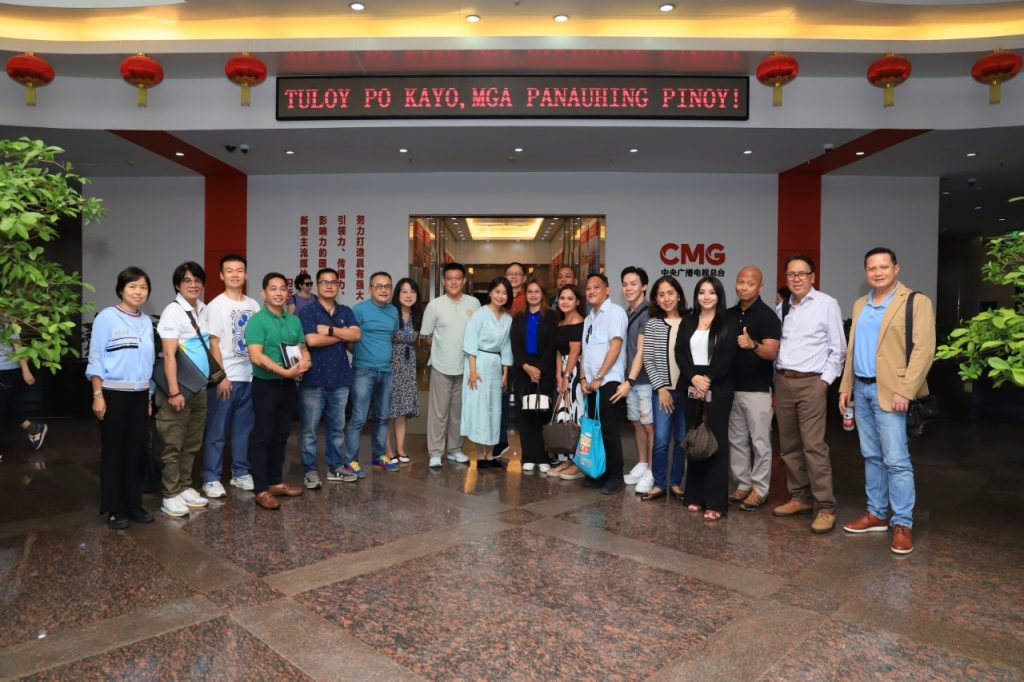
They met and exchanged ideas with their counterparts from the Asian-African Center of the China Media Group, think tanks from the China Institute for International Strategic Studies (CIIS) and Shanghai Insitute for International Studies, professors from the Beijing University and Peking University, Ministry Affairs officials, and the chairman of the Panhua Group, which will invest $3.5 billion for a steel manufacturing plant in Sarangani Province.
Senior Colonel (Ret.) Chen Wei, CIIS senior fellow researcher at the China Institute of International and Strategic Studies, said the recent sea incidences between the Chinese and Philippine Coast Guards are nothing new and not unique to both countries. For instance, China also has similar maritime disputes with Malaysia, Indonesia, and Brunei Darussalam. However, he noted that the bilateral relations with those countries remained stable due to the absence of external influence.
“There’s a misunderstanding in the sense that China’s goodwill and friendship are mistaken for weakness,” he said.
Nonetheless, he said China remains committed to exploring all avenues to prevent the maritime dispute with the Philippines from reaching a boiling point.
Li Kaisheng, vice president of the Shanghai Insititute of International Studies, echoed his colleague’s sentiments but also highlighted the significant role that journalists play in shaping public opinion on the South China Sea issue and the image of China in the Philippines.
“The role of the media is so important, you are the journalists, you are crowned as kings and queens. You could have played a bigger role in promoting the mutual understanding between our two peoples,” he said.
A peek into China
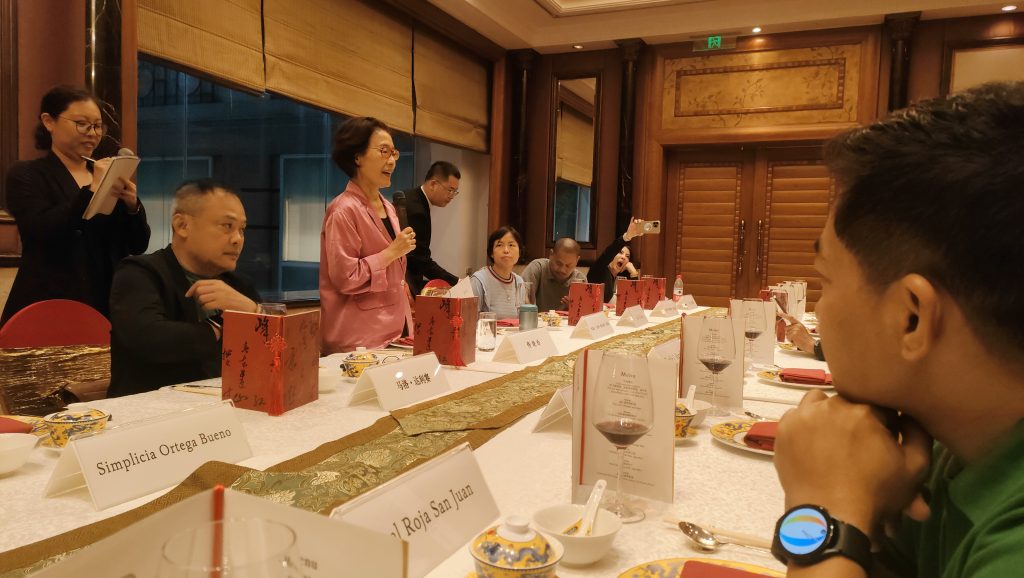
Established in March 2013, the CPDA is a non-profit group that counts scholars, celebrities, businesses, and public diplomacy experts as its members. The organization aims to foster mutual understanding between China and the world by encouraging international dialogues and cultural visits to the country.
The tour also showcased China’s bullet trains, which made travel between cities very convenient and fast. For instance, the G5 train bridged the more than 1,100-kilometer distance between Beijing and Shuzhou in just four hours. That’s roughly a round-trip drive between Davao City and Dapitan City or more than 21 hours of drive by private vehicle.
Of course, the visiting Filipinos were also wined and dined as they gorged on buffet spreads and Chinese cuisines unique to each area they visited.
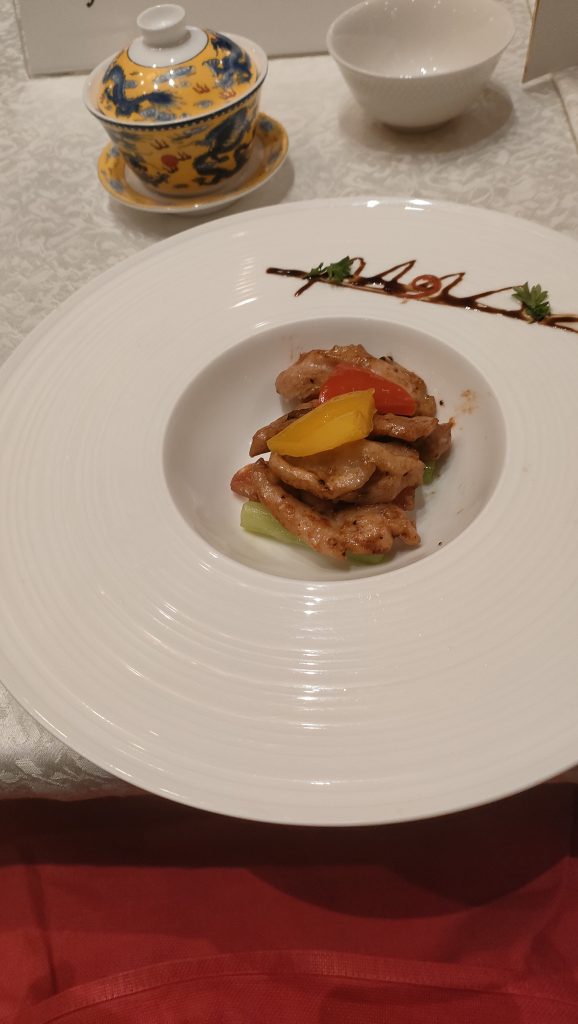
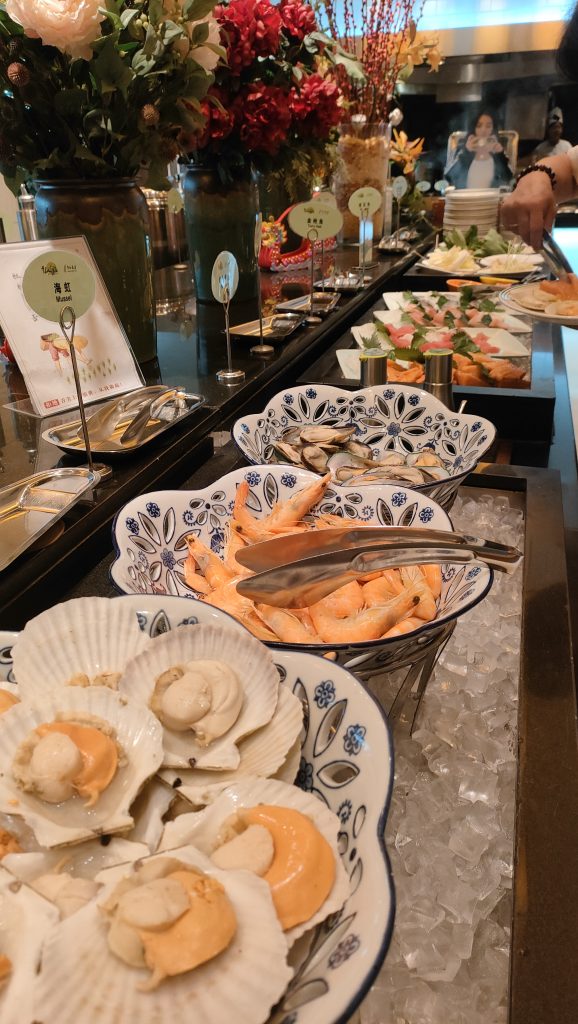
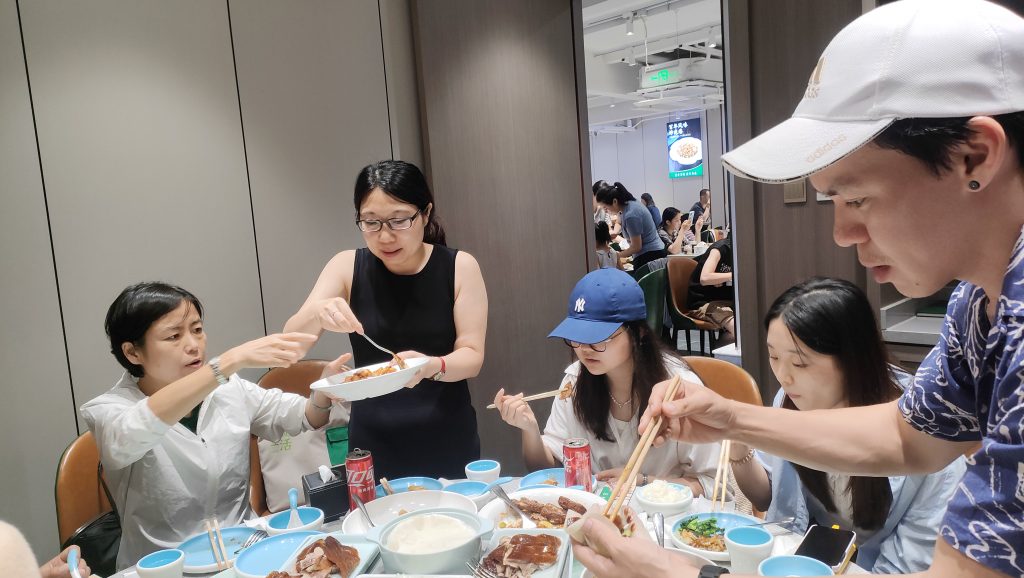

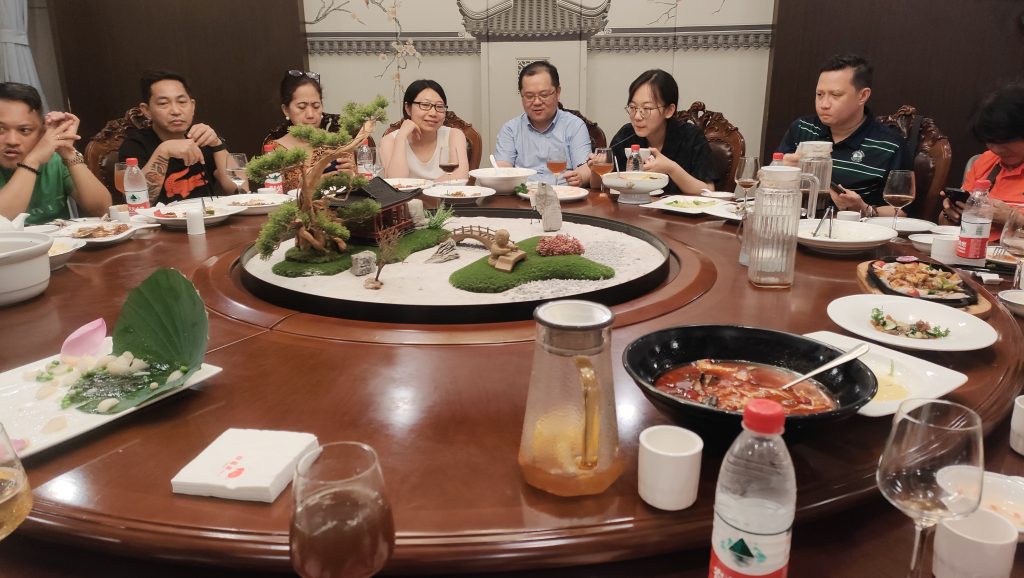
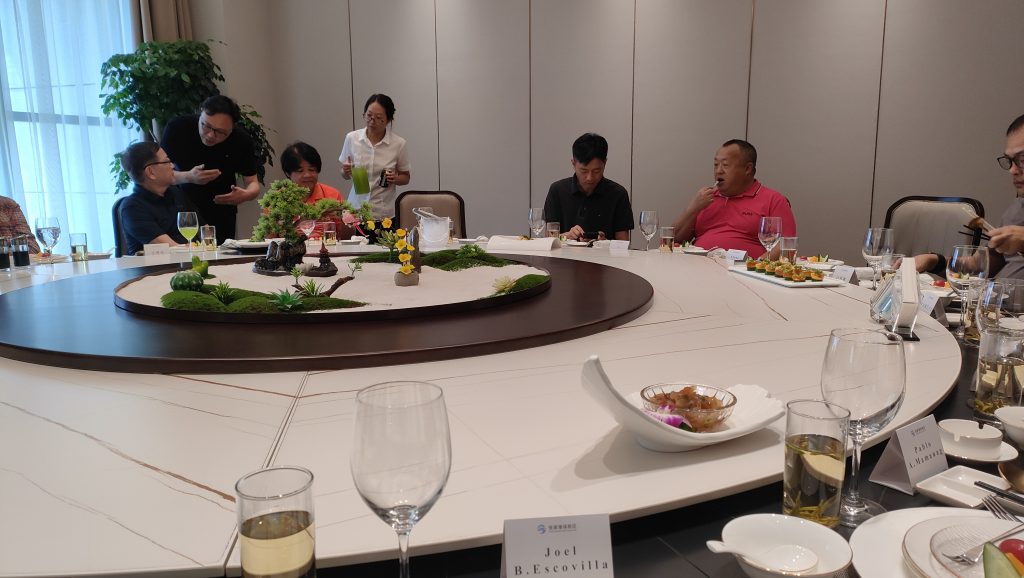
Meanwhile, the Maglev train, the first commercial bullet train in the world, is not even showing its age even after its first launch in 2004. With a maximum speed of around 600 kilometers an hour, the delegation’s ride from Longyang Road Metro Station to Shanghai Pudong International Airport took only eight minutes at speeds of 300 km/h. The time covered is not as impressive without proper context—the distance between the two stations is comparable to a drive from Davao City to Panabo City.

While exhausting at times, the tight-packed schedule allowed journalists to get a glimpse of China’s challenges and successes, and how it continues to struggle to pull the rest of the country toward the CPC’s policy of modernization with Chinese characteristics. The country stands at a precipice of an unprecedented economic identity. By international, it’s lumped with the Philippines as a developing country yet it is the second biggest economy in the world next only to the United States.
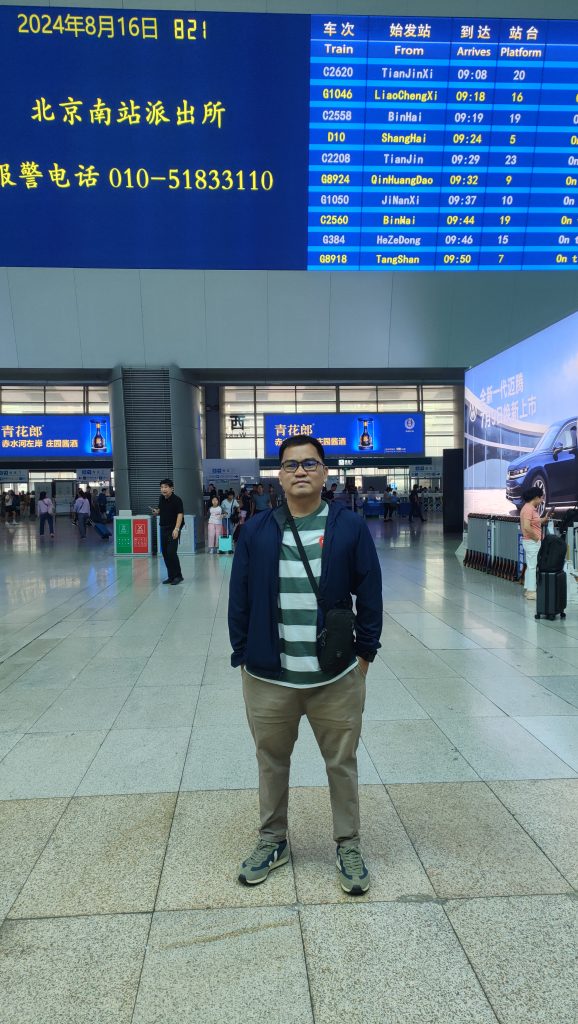
Riding on the bullet train from Beijing to Suzhou, Yancheng, and Shanghai showed how China puts emphasis on connectivity and accessibility to develop small cities and towns, and hopefully encourage more people to leave the megapolis. Like most countries, China has a problem with rapid urbanization, which is projected to reach 80% by 2030. That means roughly 280 million people would further clog and worsen population densities in large cities.
Two peoples, one single thread
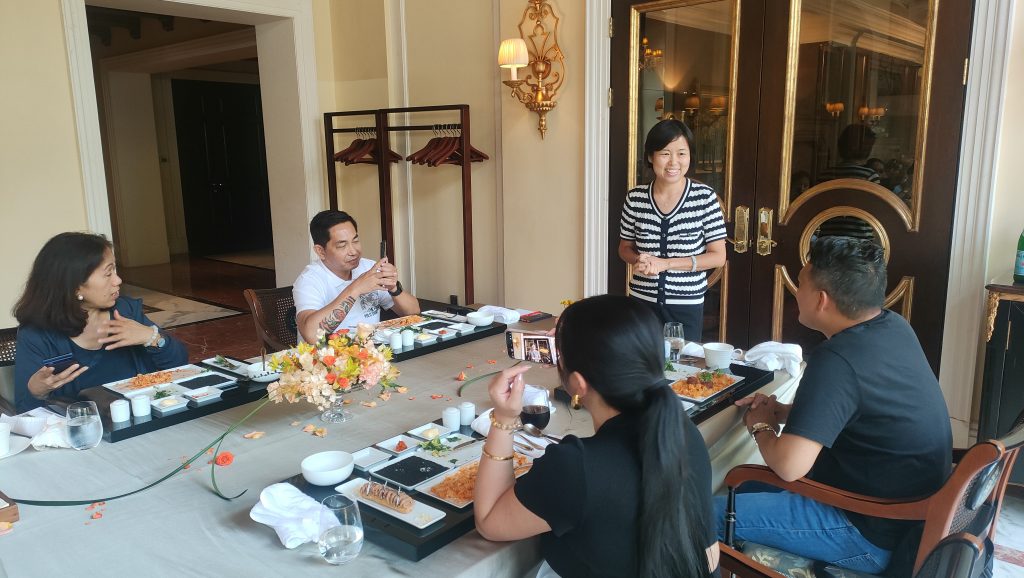
Ren Zhifang, the CPDA representative and graceful babysitter who accompanied the journalists throughout the eight-day trip, said it was her first delegation and also the first to meet with so many Filipino friends.
“My heart I think is both heavy and full. My heart is filled with wonderful memories we shared in recent days. We are so deeply moved by your professionalism, your present personality, friendliness, frankness, and sincerity.”
“It is very hard to say goodbye but in China, we have a famous saying that’s displayed all over China that says, ‘lucid water and lush mountains are like valuable assets.’ I think peace and friendship are the same. With this trip and our common fond memories, with our joint efforts, I think in the future we can bring the two peoples and two countries and build stronger ties in the years to come.”
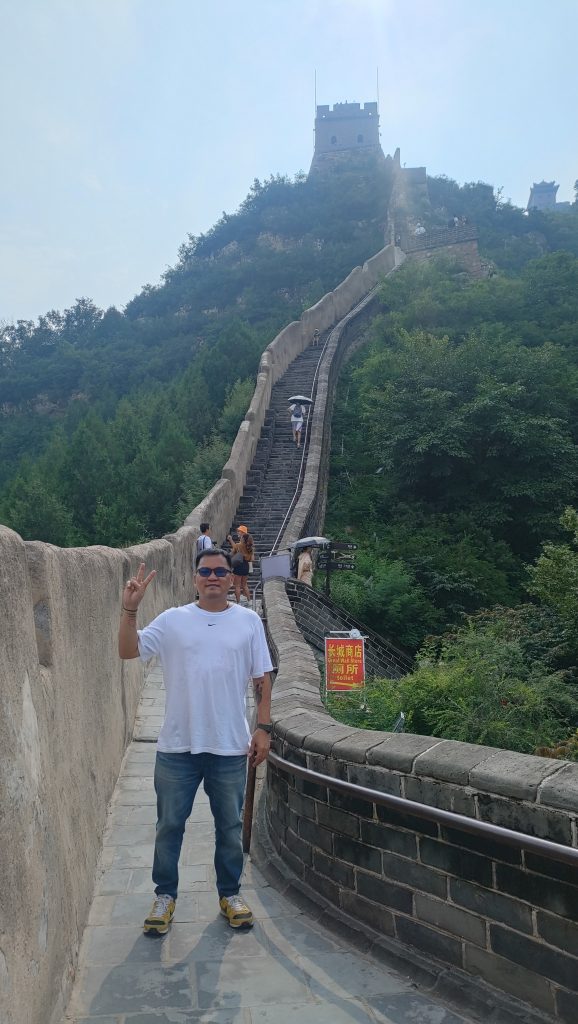
Of course, a visit to the Middle Kingdom wouldn’t be complete without stepping foot on the Great Wall. Zigzagging more than 21,000 kilometers across 10 cities and provinces, only about 9,000 of the man-made marvel are well-preserved. Today, there are eight sections open to tourists and the delegation went to the Juyongguan section, about an hour’s drive north of Beijing. The author managed to scale through to the first tower until the legs gave out, but that is a story best reserved for another day.

